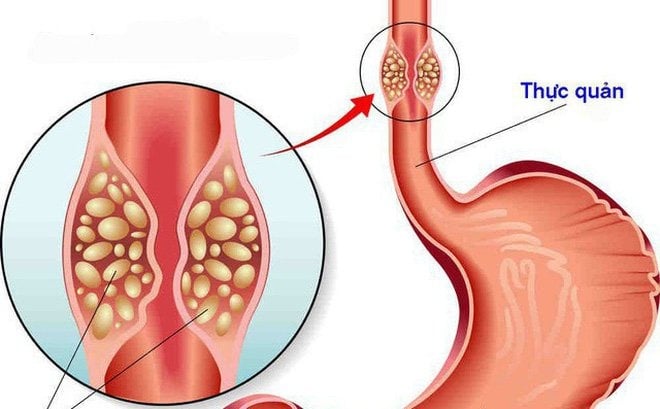Swallowing Ability – An Overlooked Health Indicator
Every day, we unconsciously swallow hundreds of times without giving it much thought. But did you know that this seemingly simple act involves the coordination of over 50 muscle groups and nerves?
Even a minor “hiccup” in the esophagus, central nervous system, or brain functions can significantly impact our ability to swallow. Dysphagia, or difficulty swallowing, is not just an inconvenience; it can also be an early warning sign of serious health conditions such as esophageal cancer, stroke, Alzheimer’s, Parkinson’s, or other neurological disorders.

A simple way to self-test your swallowing ability at home is through the RSST (Repeated Saliva Swallowing Test), which many doctors recommend as an initial screening tool.
The 30-Second Saliva Swallowing Test (RSST):
Sit upright and relax, ensuring you haven’t eaten or drunk anything recently.
Take a deep breath and relax your body.
In 30 seconds, try to swallow your saliva as many times as possible without using any food or liquid.
Count the number of swallows.
Compare your results to the average for your age group:
20–39 years old: approximately 8.5 times
40–49 years old: approximately 8 times
50–59 years old: approximately 7 times
60–69 years old: approximately 6.7 times
70–79 years old: approximately 6 times
80 years old and above: approximately 4.3 times
If your swallowing count is significantly lower than the average for your age group, it may be an early sign that warrants further attention and a visit to your doctor for a thorough diagnosis.
The Science Behind the Test
RSST is not just a folk remedy; its effectiveness is backed by a study published in the journal Dysphagia by a team of doctors at Sheba Medical Center in Israel. The research, conducted on 200 healthy individuals across different age groups, aimed to establish a standard for the number of saliva swallows in 30 seconds.
The results showed a decline in swallowing ability with age, and men tended to have a higher swallow count than women, possibly due to biological structural differences in the neck and throat regions.

Previously, the standard for RSST was assumed to be 3 swallows/30 seconds, applicable to all adult age groups. However, according to the research team, this threshold is too generalized and may overlook early signs in older adults or those with mild conditions.
“Swallowing ability is a very important physiological indicator that is often overlooked. Establishing age-specific evaluation thresholds will help detect neurological disorders and head-neck cancers earlier,” said
Dysphagia – Not Just an Elderly Issue
Many assume that dysphagia is a normal part of aging, but according to the UK’s National Health Service (NHS), it can affect people of all ages and result from various causes, including:
Long-term gastroesophageal reflux disease.
Side effects of certain medications, such as sedatives or psychiatric drugs.
Congenital defects in infants, such as cleft lip or palate.
Neurological damage or brain injuries.
Chronic obstructive pulmonary disease (COPD) and other respiratory issues.
In Vietnam, thousands of cases of esophageal and laryngeal cancer are detected annually. Unfortunately, many people present at advanced stages because they ignored early warning signs like a choking sensation, difficulty swallowing, or a lump in the throat.
In reality, a simple act like swallowing saliva, when monitored correctly, can serve as an early screening tool, helping to detect abnormalities in the initial stages. For cancers affecting the esophagus and larynx, early detection is a critical factor in survival rates.
Take 30 seconds every few weeks to perform this simple test for yourself and your loved ones, especially the elderly, those with a history of stroke, or individuals living with digestive or respiratory conditions. A little awareness today can make a significant difference in tomorrow’s health outcomes.


































